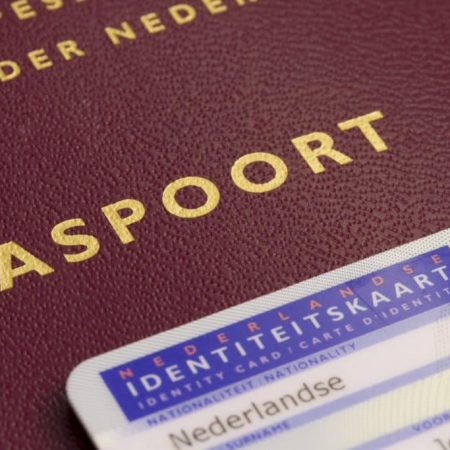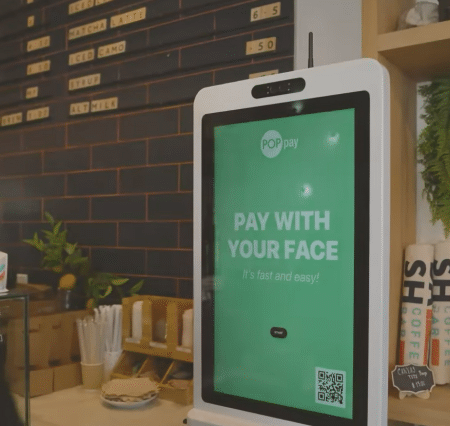Consumers are placing their trust in mobile deposits. Here’s how banks can keep it.
By Michael Diamond, Senior Vice President, GM Digital Banking at Mitek Systems
In our post-pandemic world, it’s evident most people have become used to interacting with their banks online and aren’t interested in returning to their old in-person, branch-based banking habits. This was one of the key findings from a recent report Mitek conducted with Cornerstone Advisors, based on a survey of more than 1,000 U.S. consumers. Mobile deposit is a huge driver of this; nearly 88 percent of Americans accessed their checking account(s) using a smartphone or tablet during 2022.
Part of the reason for this rapid adoption is that 90 percent of consumers say they are at least somewhat confident in their bank or credit union’s security/fraud capabilities. With this data in mind, developing an excellent mobile experience for customers requires ensuring the highest level of security without sacrificing convenience. This is best done by implementing unique technology features such as biometrics and advanced anti-fraud security measures.
Consumers trust banks, but still have reservations
Although consumer confidence in platforms is high, fraud concerns still exist. Roughly one third of mobile banking users are “very” concerned with various types of mobile banking related fraud activities. These include acquiring and using personal information, login credentials, or account information, transferring funds out of their accounts, writing fraudulent checks, or identity theft.
However, in encouraging news, the percentage of consumers who had security/fraud concerns decreased in every fraud type surveyed. For example, less than 10 percent of consumers choose not to use mobile deposit technology because of security concerns. This suggests that banks and credit unions have done a fair job addressing security concerns through communication and education over the past few years. To uphold the trust that consumers have placed in them, financial institutions owe it to them to keep their data, and their money, safe with the latest in security technology.
Biometrics provide security without inconvenience
Given consumers’ prevailing concerns regarding identity fraud and the illegal capture and use of personal information, we must move beyond passwords. Passwords are a key target for cybercriminals, making them dangerous as the sole source of identity verification. Furthermore, juggling passwords and consistently updating them with more and more complexity is a hassle for the average consumer.
In fact, according to additional research by YouGov, 74 percent of respondents want their bank to adopt the latest technology to keep their account safe and as many as 44 percent of young adults (ages 18-34) say they would like their bank to adopt newer, modern technologies to make it easier to log in to accounts. With this research in mind, it’s apparent that biometrics can be an appealing option to verify identity for consumers. Most banking apps are already incorporating biometrics such as thumbprints or facial recognition and matching these with voice recognition for multimodal biometrics will prove to consumers that banks are taking identity security seriously without creating a hassle for them.
Fighting check fraud
Consumers trust the financial institutions they do business with to properly manage their personal data. Everything from their login information to the exact balance of their checking accounts is equally crucial. One way to maintain consumer trust in mobile deposits is via anti-fraud measures. Unlike older check fraud detection technologies, financial institutions can now use visualization analytics and machine learning technology for mobile deposits of paper checks. These technologies compare incoming checks against profiles of known “good” checks to spot the fakes, and consistently updating the parameters of what makes a fraudulent check vs one from an honest customer.
Secure mobile deposits are good for business
While the data shows most customers trust their banks, that trust can easily be broken by cyberattacks such as data breaches or identity theft. Banks and financial institutions should be staying on top of the latest in security upgrades to stay ahead of scammers and cybercriminals. Investing in password-less approaches like biometrics to provide account authentication and protection along with anti-fraud analytics is one of the best ways to ensure that happens.
DISCLAIMER: Biometric Update’s Industry Insights are submitted content. The views expressed in this post are that of the author, and don’t necessarily reflect the views of Biometric Update.







